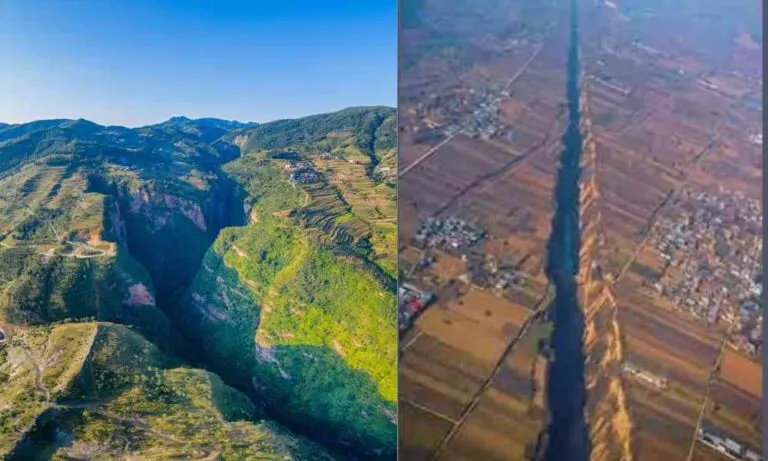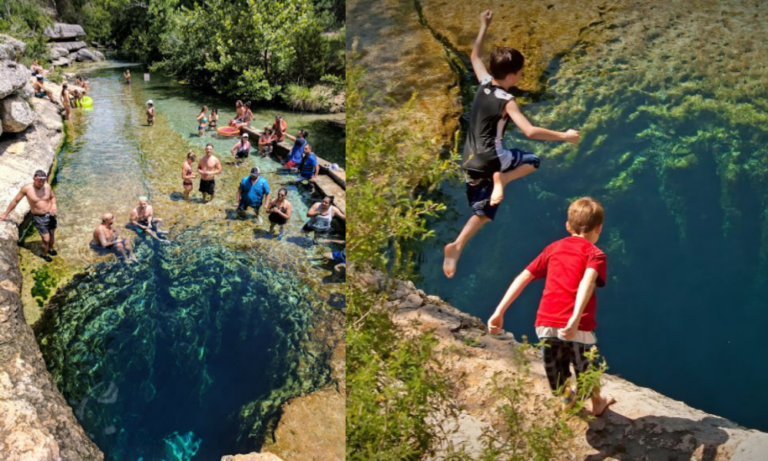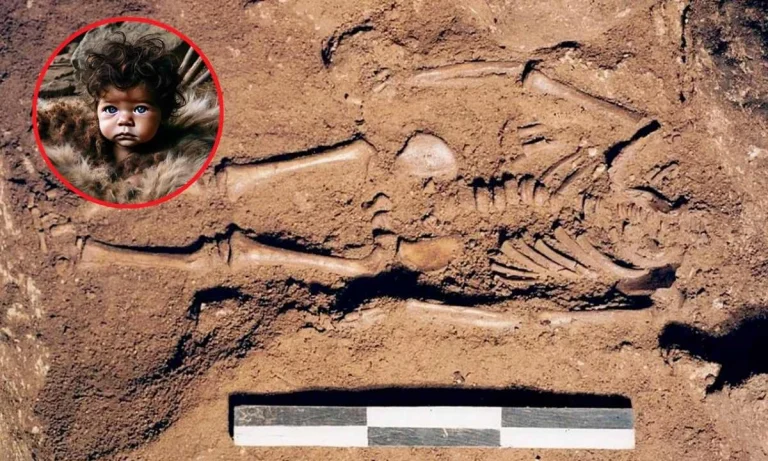Blue-Green Fireball Lights Up The Pitch Black Sky!
Portugal and Spain witnessed a striking celestial phenomenon—a meteor streaking across the night sky. This event occurred precisely at 6:46 p.m. EDT on May 19, 2024, as confirmed by the European Space Agency (ESA). This wasn’t just any shooting star; it was a significant piece of a comet, hurtling across the sky. It went at an astonishing speed of around 100,000 miles per hour.
The spectacle was observed through ESA’s cameras located in Cáceres, Spain, and was quickly confirmed to be a high-speed fireball. It met its ultimate end over the Atlantic Ocean. The meteor has likely vaporized at an altitude of about 38 miles above Earth. However, the vibrant display has the social media platforms going crazy. Platforms like X, Facebook, and Reddit were flooded with images and videos. Let’s have a look at the details and the shocking video as it passes while changing the sky all blue.
A Night Illuminated by a Fireball
The ESA played a key role in documenting this event. Their camera in Cáceres caught the first glimpse of the fireball. Crucial data about its speed and trajectory were also collected from the cameras. The agency’s Planetary Defence Office is now carefully analyzing this data. This is to understand more about the meteor’s origin and what might have happened to any fragments that could have survived.
The lively discussion and sharing spree on social platforms highlighted the community’s fascination with such unexpected natural displays.
Unraveling the Mysteries of the Blue Fireball
Meteor stands out due to its appearance and its vivid blue-green hue. Its bright blue-green colors signal a unique chemical makeup. Scientific analysis suggests that this coloration indicates the presence of magnesium within the meteor. Pallasites are a type of meteorite that contains magnesium. They usually originate from the boundary between an asteroid’s metallic core and its olivine-rich mantle.
These fascinating stones are not just beautiful. They hold clues to the formation of rocky planets like Earth, providing insights into cosmic events that took place billions of years ago.
The ongoing investigation by the ESA’s Planetary Defence Office aims to determine more about the meteor’s size, trajectory, and the likelihood of any fragments reaching the ground. This analysis could reveal much about the early solar system and the processes that led to the formation of planets.
Conclusion
Events like the stunning display over Portugal and Spain serve as a vivid reminder of our small place in a vast universe. They ignite our curiosity and drive us to learn more about the world beyond our atmosphere. Such occurrences enrich the understanding of natural phenomena, blending the thrill of mystery with the rigor of scientific inquiry.
Also read,







